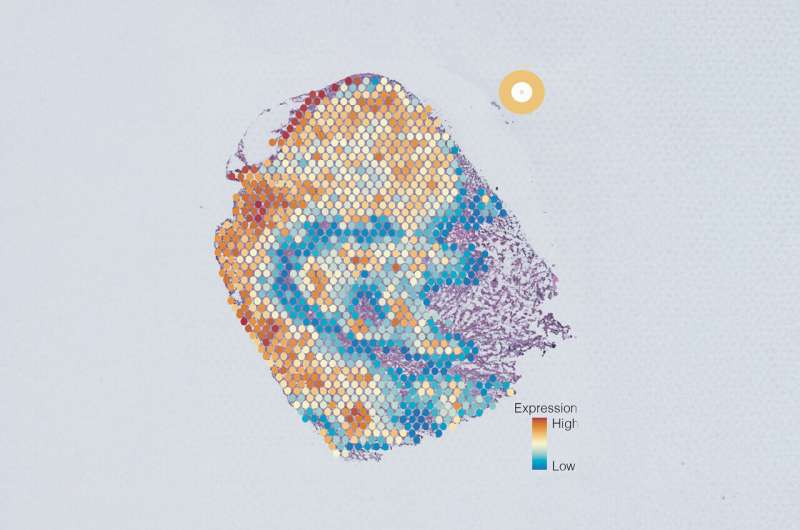Findings on the development and use of the AI tool, called AAnet, have been published in Cancer Discovery.
Tumors aren’t made up of just one cell type—they’re a mix of different cells that grow and respond to treatment in different ways. This diversity, or heterogeneity, makes cancer harder to treat and can in turn lead to worse outcomes, especially in triple-negative breast cancer.
“Heterogeneity is a problem because currently we treat tumors as if they are made up of the same cell. This means we give one therapy that kills most cells in the tumor by targeting a particular mechanism. But not all cancer cells may share that mechanism. As a result, while the patient may have an initial response, the remaining cells can grow and the cancer may come back,” says Associate Professor Christine Chaffer, co-senior author of the study and Co-Director of the Cancer Plasticity and Dormancy Program at Garvan.

